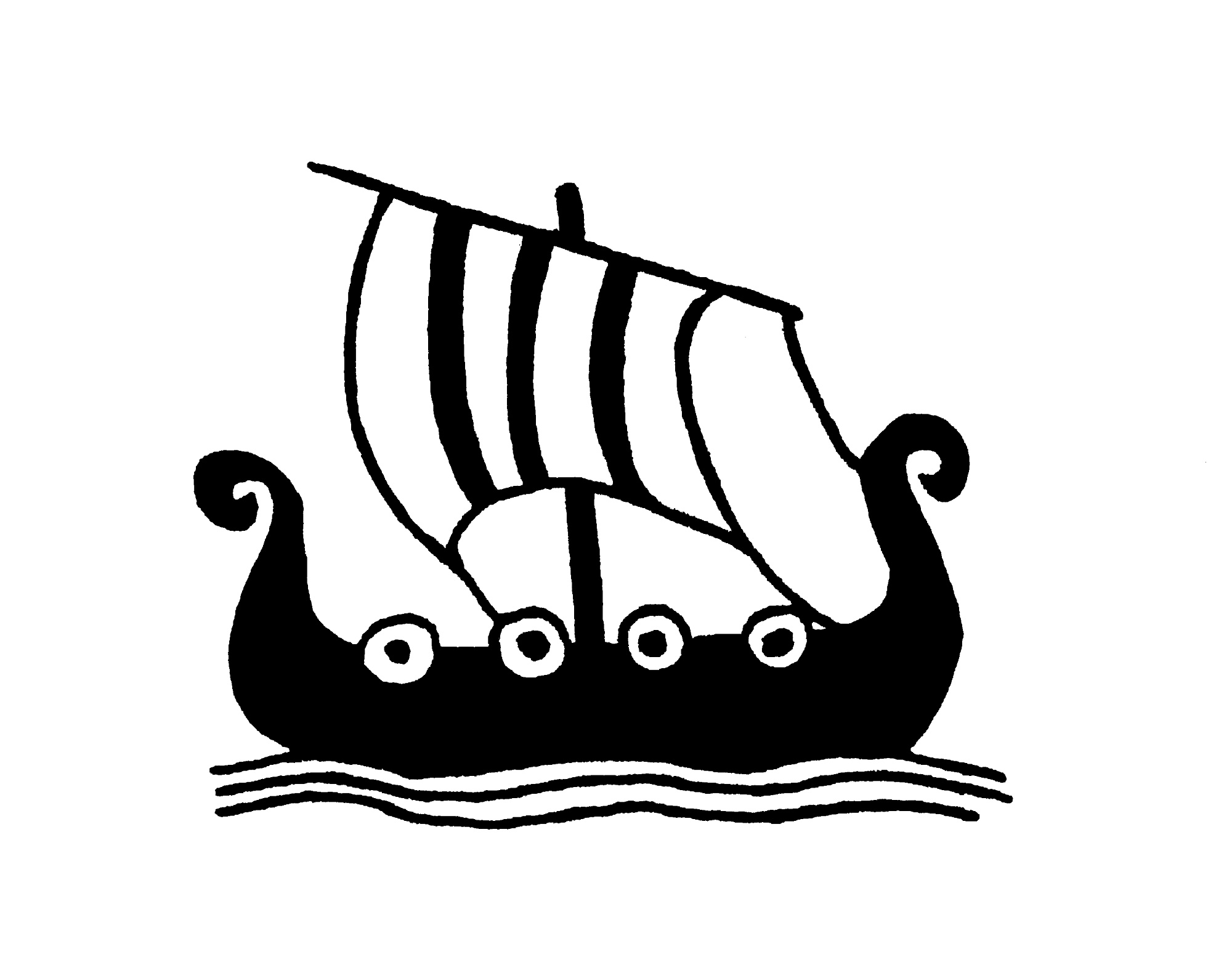Phonics Scheme
Phonics teaching at Heritage Park Primary School
Phonics is the correspondence between spoken sound (phoneme) and the written letter (grapheme). At Heritage Park we use the ‘Letters and Sounds’ scheme to introduce the sounds, letters, pronunciations and spelling patterns, to allow our children to have the best potential to develop as competent readers and writers. Letters and Sounds is taught in Phases from Reception to Year Two. We use a range of teaching and learning experiences when teaching phonics to ensure a multi-sensory approach.
|
Letters and Sounds Phases |
Year group taught in |
|
Consolidation of Phase One |
Reception |
|
Phase Two |
|
|
Phase Three |
|
|
Phase Four |
|
|
Phase Five |
Year One |
|
Phase Six |
Year Two |
Consolidation of Phase 1
This phase largely falls within the areas of ‘Communication’ and ‘Language and Literacy’ in the Early Years Foundation Stage. The focus is on high quality play activities that provide children with the opportunity to enrich their language across all areas of the curriculum. This phase looks at environmental sounds, instrumental sounds, body percussion, rhyme and rhythm, songs, alliteration, voice and oral blending and segmenting (children need to ‘hear’ the sounds before they can read and spell words).
Phase 2
This phase is introduced in Reception and the children will be taught 23 letter sounds. They will move on from oral blending and segmenting (hearing the sounds) to reading and spelling words. The children will be taught how to read and write simple captions and will also be introduced to some high frequency words.
Phase 3
This phase is also looked at in Reception and the children learn the remaining single letter sounds. They then progress to sounds comprising of 2 letters (for example ch, sh, ai, or). By the end of this phase children should be confident when reading and spelling words. Children will also be practising reading and writing captions, as well as continuing to learn some more high frequency words.
Phase 4
By the time that children progress to Phase 4, they will be confident when reading and writing words containing all of the sounds that they have already learnt. This phase focuses on practising reading and writing words with initial and final blends (e.g. pl, br and mp, nk). They will also practise reading and writing sentences and captions containing previously learned sounds and initial and final blends. This phase is looked at in Reception and Year One.
Phase 5
Children work on Phase 5 throughout Year 1. By the end of this phase, children will be confident when reading and writing words containing initial and final blends. The purpose of this phase is to teach children new graphemes and alternative pronunciations for graphemes that they already know, for example ‘ow’ as in grow and ‘ow’ as in ‘cow’. The children will continue to practise reading and writing sentences containing graphemes already learnt, as well as the new graphemes that they are taught. The children will also be taught alternative pronunciations for graphemes that they already know (for example, cat, cent and got, giant). Again there will be High Frequency words to be learnt.
Phase 6
Children work on Phase 6 in Year 2. At the beginning of this phase, children should know most of the common graphemes and will be increasing in confidence when reading and spelling words containing these. At this stage many children will be confident when reading longer texts and the focus moves towards reading for information and enjoyment. During this phase, children will be introduced to suffixes (e.g. es, ed, ing, ful,), prefixes and common spelling patterns. They will learn about the past and present tense.
